Tuesday, 10:00am
4 April 2023
Variable grunge
The typewriter typeface formerly known as ‘Trixie’ gets a makeover and a new name: Neither Confirm Nor Deny (NCND). By Paul Barnes
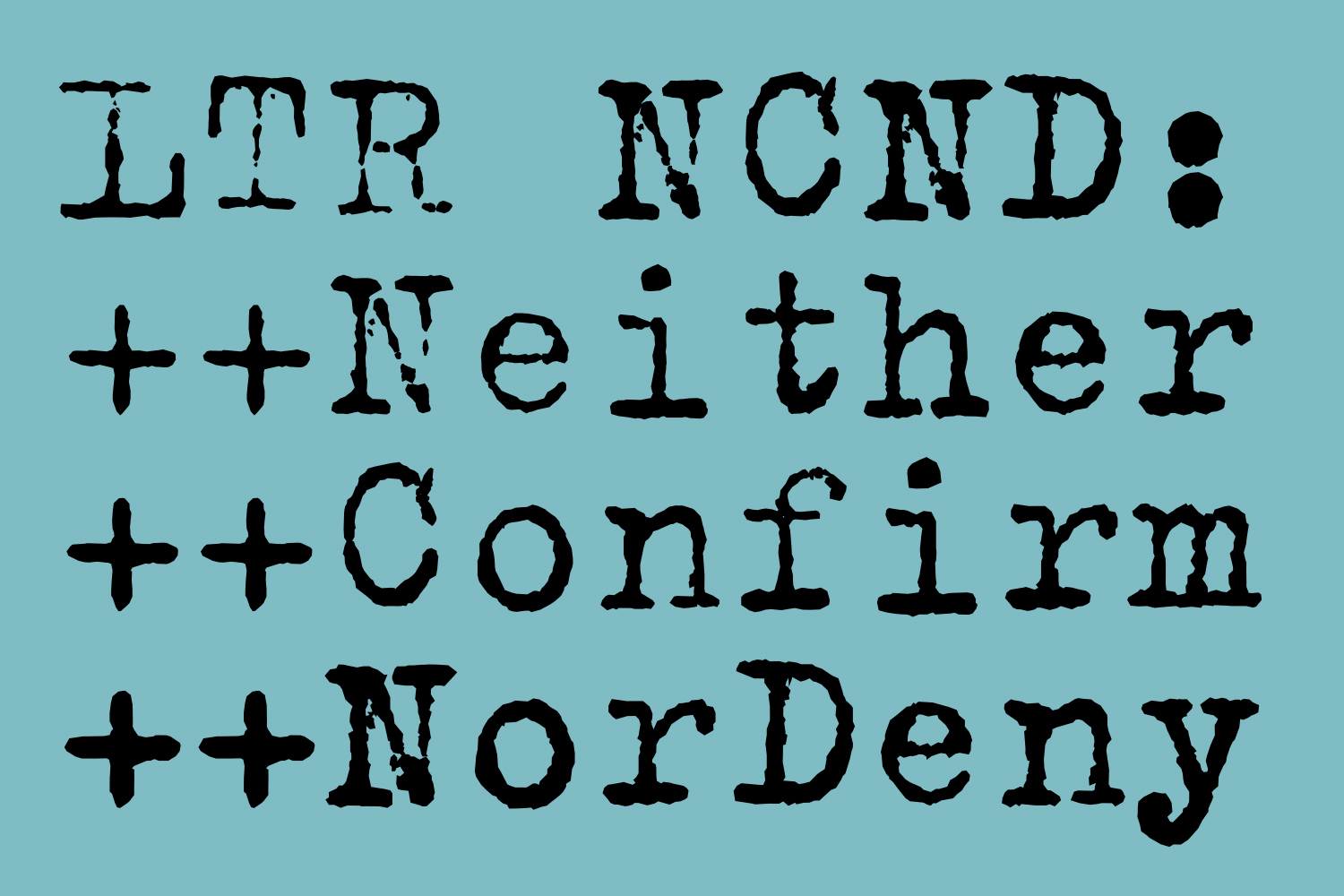
At the beginning of the 1990s a curious monospaced typeface appeared that eschewed all notions of typographic ‘quality’, writes Paul Barnes. Rather than smooth and perfect, it revelled in distress and distortion. At a time when the world of typewriters was fast becoming an anachronism, it was a face that played on our visual associations. Designed by Erik van Blokland, Trixie looked like the output of a clattering typewriter in another age. It was the style of bureaucracy, of official documents, of secret messages, of revolutionary manifestos, of journalists hitting deadlines, of restaurants with ever-changing menus.
Trixie was perfect for the age of grunge. It became a visual shorthand for the curious mix of formality and informality that typewriters denote, but with the added quality of looking authentic. It might print on a laser printer, but it didn’t look like Courier – or any other typewriter face available.
Released in 1991, and one of the first FontFonts sold by the new FontShop, Trixie soon became unavoidable: a menu in Hanoi, a coffeeshop in Reykjavik, on CD covers (Garbage, Bob Dylan) and most famously in the titles of The X-Files. This was a typeface that almost all graphic designers (legally or illegally) would have, for it was typeface that could always get you out of trouble. It was that rarity of typefaces, one that even the layperson could identify and recall.
Right. Titles for The X-Files, 1993.
Top. Text set in Neither Confirm Nor Deny, an updated variable adaptation of Trixie by LettError.
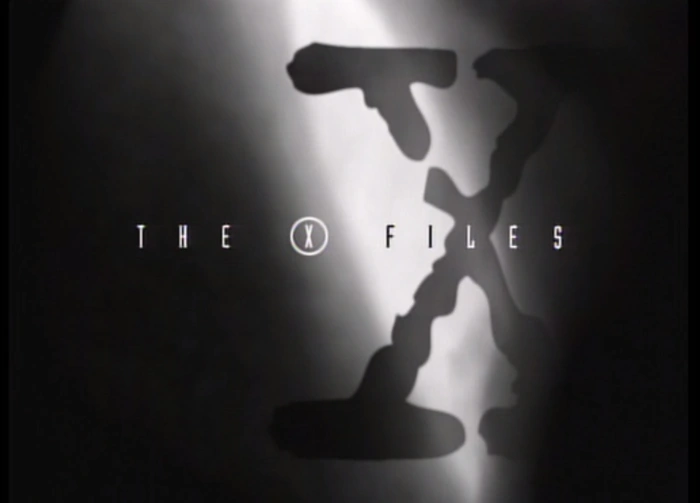
Neither Confirm Nor Deny (2023), the variable font formerly known as Trixie.
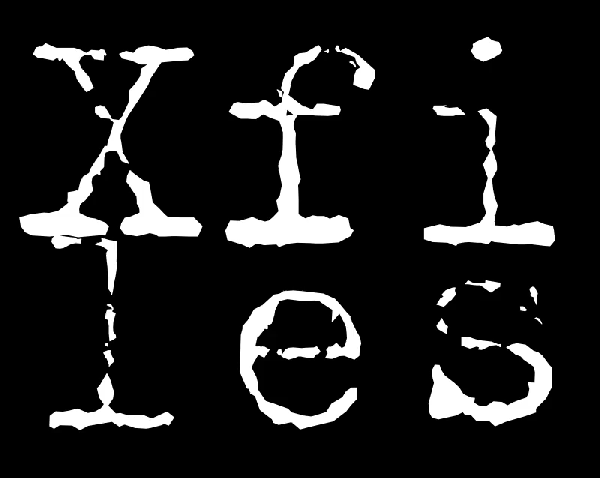
Though Trixie looks backwards, it was made during the first wave of new typefaces brought about by the desktop revolution. Van Blokland – like his co-conspirator in digital mayhem Just van Rossum – was a computer literate lettering master. The two designers first met in Gerrit Noordzij’s classes at the Royal Academy in The Hague. And while their colleagues spread the gospel with faces such as Caecilia (by Peter Matthias Noordzij, 1990), which grew from the emerging Dutch style, LettError, with their insider’s knowledge of Postscript, followed another path of digital irreverence. The seminal talk they gave for ATypI in Oxford (1990) – ‘Is best really better?’ – questioned the belief that the new digital had to be all smooth lines and perfection. This approach manifested itself in LettError’s typeface Beowolf (1990), a ‘randomfont’ that was never the same twice.
‘The digital wave’ by Robin Kinross in Eye 7, vol. 2, 1992, featured LettError’s Beowolf and Beo Sans (left) and Trixie (right).
Beneath the template of what a Dutch letter looked like, Beowolf, with its rough appearance, stood alone in a starkly smooth world. As the two rode back to the Netherlands from Oxford, where they had unveiled Beowolf to a bemused type world, they plotted a series of faces that would help define the first chapter of digital type: tape labels, stamps and handwriting as a font, resulting in JustLeftHand and ErikRightHand (which of course would have typographically correct small caps).
The Imperial portable typewriter model ‘Good Companion’, Pica 411, 1951. A typewriter borrowed from a friend called Beatrix became the starting point for Trixie, now NCND.
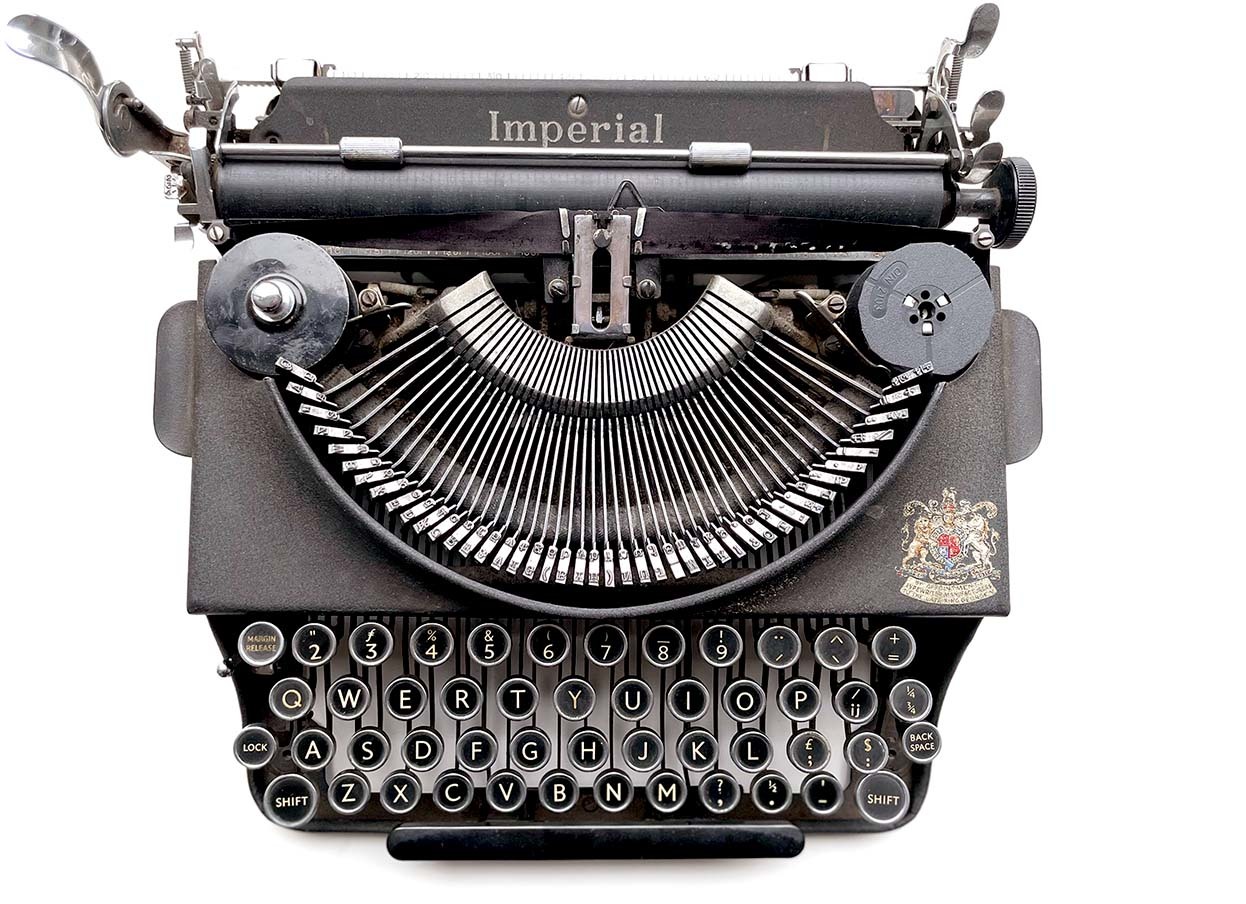
Returning to Erik Spiekermann’s Meta studios in Berlin, where he worked, Van Blokland sourced a specimen of a manual typewriter from a friend, Beatrix (hence the name Trixie). He then started a process that had only just become possible. The studio’s hi-res scanner captured the specimen; then imported it into Photoshop 1.0; and then into Streamline to auto-trace the outlines before taking it into Illustrator. Finally, he imported it into Fontographer to create the typeface. Trixie was born.
Trixie has been re-engineered to make Neither Confirm Nor Deny.

The original typeface had only two weights. NCND has been expanded into Thin, Light, Medium, Heavy and Black.
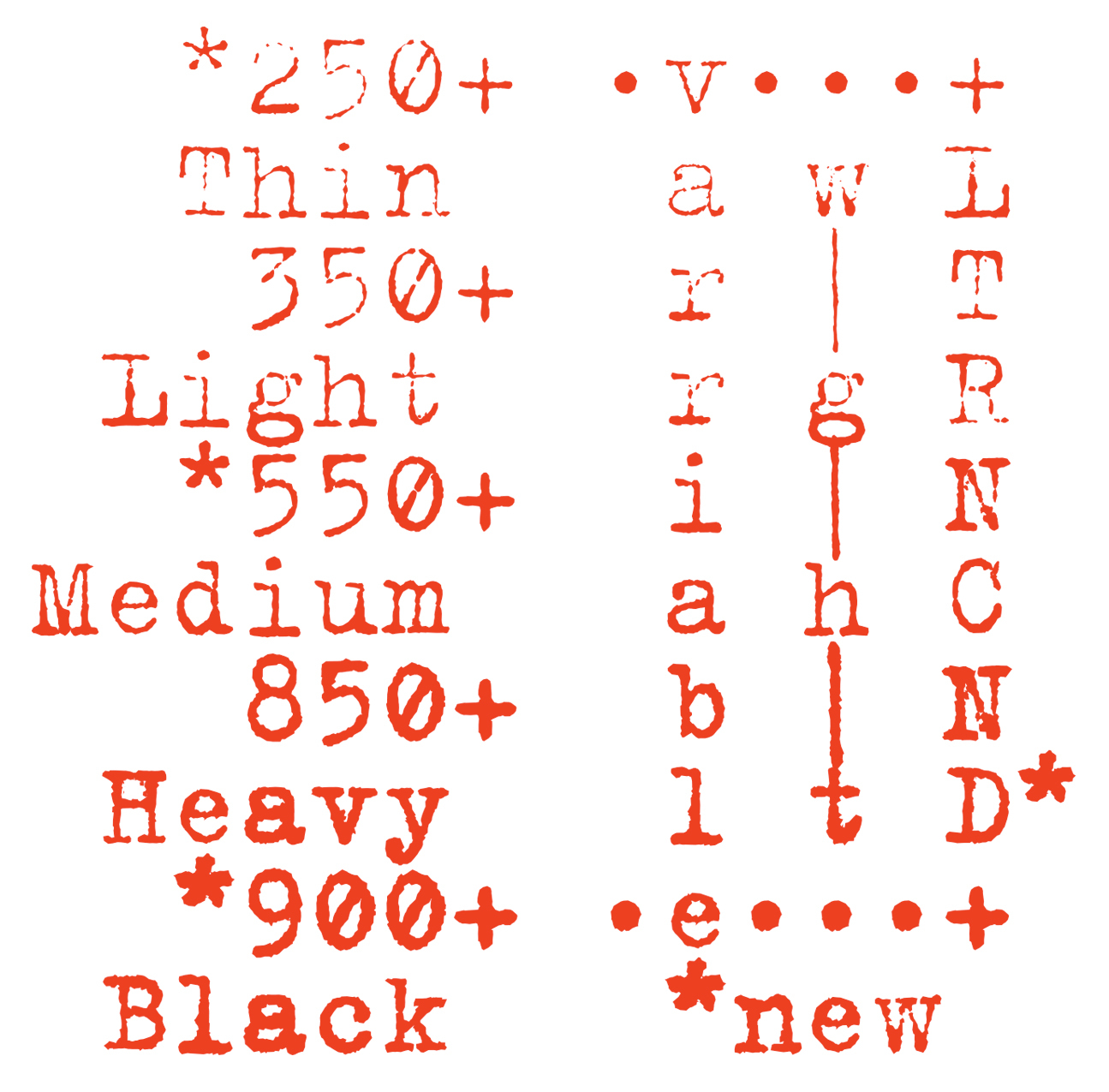
Like a classic album, Trixie has been added to, remixed, remade and remastered. First came more weights, then a cameo version, then a version with more texture and randomisation. Now Trixie is back again but with a new name: Neither Confirm Nor Deny (NCND), which sounds like something out of an X-files fan conference. Released by Van Blokland’s own LettError foundry, it has become a 21st-century variable font that smoothly transitions from light to bold with Greek, Cyrillic and Latin, though ‘smoothly’ seems the wrong term for this roughest of rough faces. To achieve this, Van Blokland has had to develop a new method of interpolation for which the two masters no longer match. And though 30 years have passed, and typewriters have become antiquated and forgotten tools, its qualities remain undimmed.
NCND: interpolation between the range of new weights.

NCND: diagram showing the interpolation stages of the letter ‘X’.
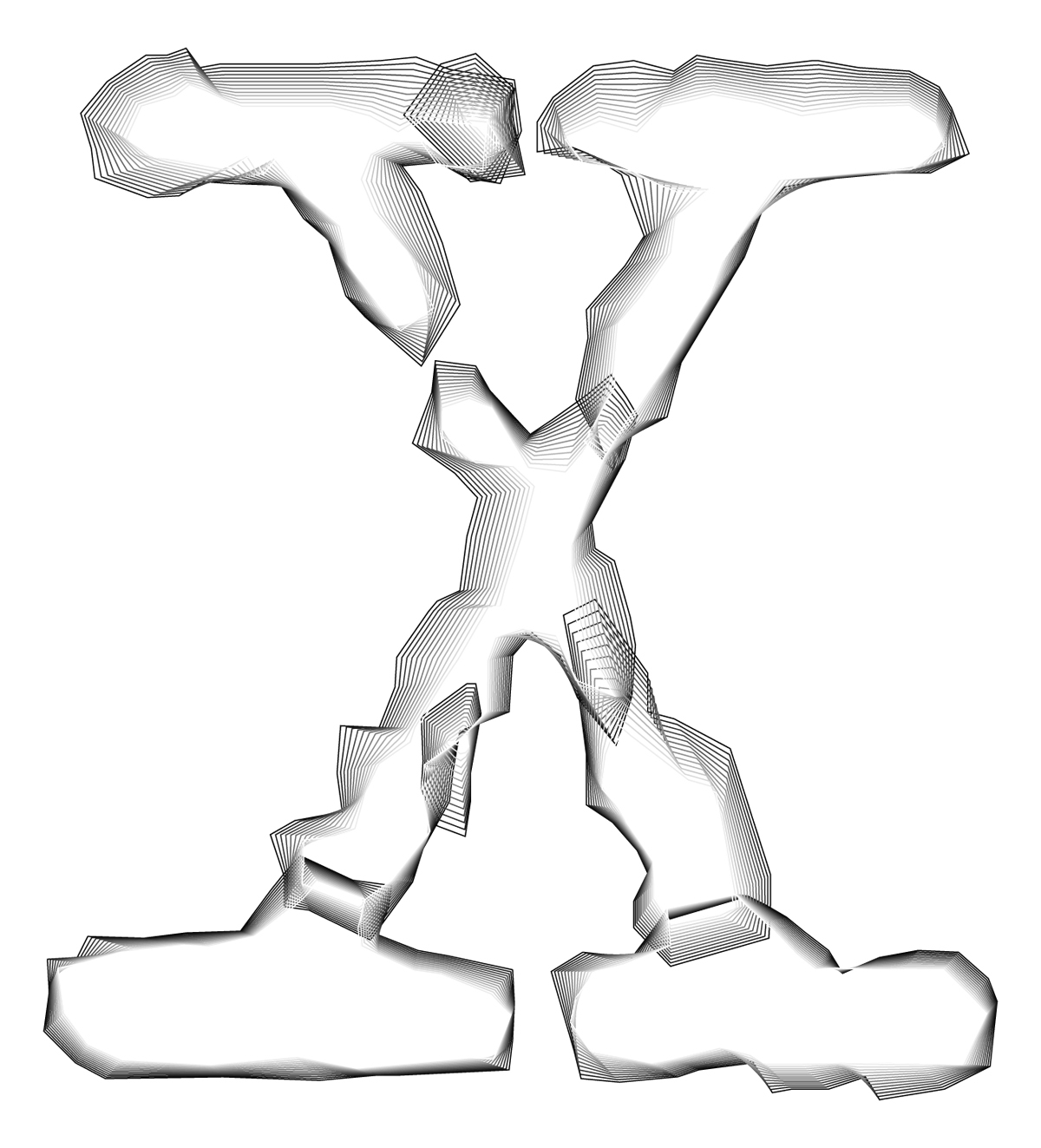
Preview of NCND variable text animations – paired with a playlist from LettError.
Van Blokland’s reimagined variable cover of Eye 7, replacing Trixie with NCND. Original cover design by Stephen Coates.
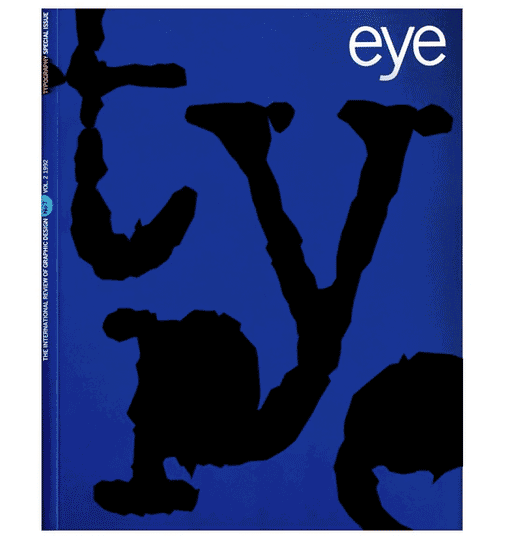
Paul Barnes type designer, Commercial Type, London
Eye is the world’s most beautiful and collectable graphic design journal, published for professional designers, students and anyone interested in critical, informed writing about graphic design and visual culture. It is available from all good design bookshops and online at the Eye shop, where you can buy subscriptions and single issues.
Links
LTR NCND: Neither Confirm Nor Deny
LettError – Eric van Blokland
Sharp thinking takes the prize – Eye 39
Jan Middendorp’s review of Gerrit Noordzij’s The Stroke in Eye 59
‘Magic box: craft and the computer’ in Eye 70
Sibylle Hagmann: ‘The time of the garage genius is over’ in Eye 71
‘Historical Digital’ – Eye blog 2011
